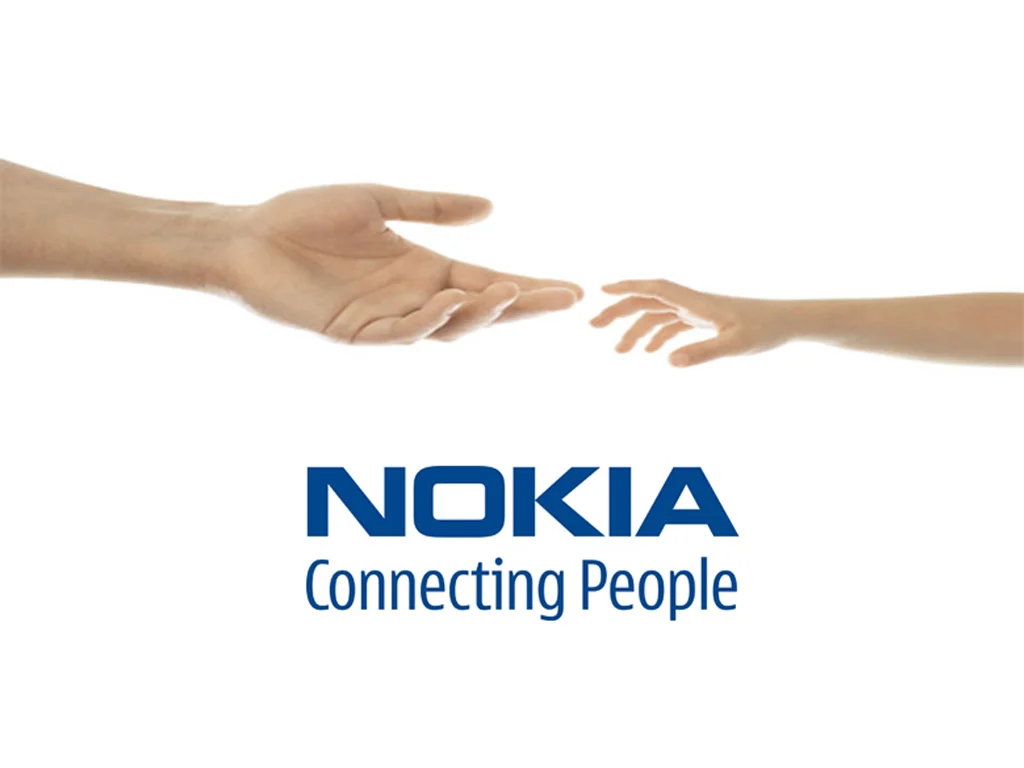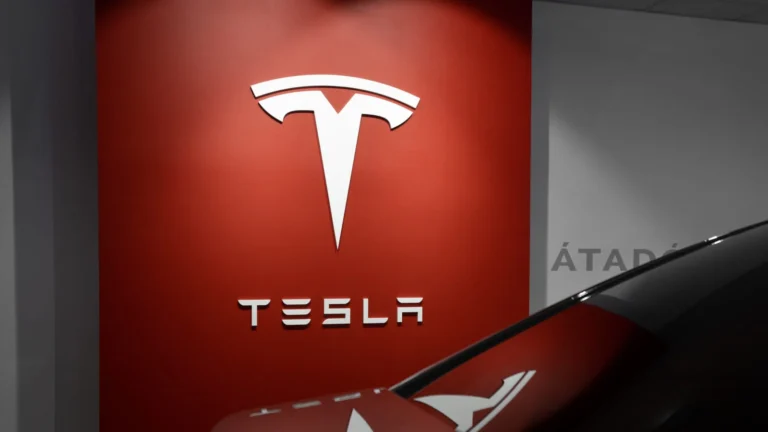The Fall and Rise of Nokia: Lessons in Innovation, Strategy, and the Mobile Wars
Introduction
At the dawn of the 21st century, one brand stood tall above the rest in the world of mobile phones: Nokia. Synonymous with durability, reliability, and innovation, Nokia once held over 40% of the global mobile phone market. Its iconic models, like the Nokia 3310, became cultural touchstones. Yet, in less than a decade, the company that had defined mobile communication had all but vanished from the handset market.
This is the story of how Nokia climbed to the top, lost its grip due to critical missteps, and how it’s reemerging—albeit in a different form—in the tech world. It’s a narrative rich with lessons on innovation, leadership, timing, and adaptation, with insights that remain relevant for every tech leader today.
The Rise of a Giant
Nokia’s roots trace back to 1865 in Finland, beginning as a paper mill on the banks of the Nokianvirta River. Over the next century, it diversified into rubber, cables, and eventually electronics. By the 1980s, it had become a conglomerate dabbling in early mobile communications.
In 1992, under the leadership of Jorma Ollila, Nokia made a bold move—divesting its non-core businesses and focusing entirely on telecommunications. This decision proved prescient. Nokia began releasing mobile phones that were affordable, durable, and user-friendly. It was the right product at the right time, just as mobile technology was poised for mass adoption.
By the late 1990s, Nokia was setting the pace. The Nokia 2110 introduced the world to the iconic Nokia ringtone, and the Nokia 5110 made texting popular. But it was the Nokia 3310 that became a legend. Its battery life, build quality, and the game Snake made it a global hit.
Nokia’s strength was not just hardware. Its early adoption of GSM technology, intuitive UI, and global manufacturing prowess made it a favorite across continents. In 2000, it was the largest mobile phone manufacturer in the world. The brand was a symbol of innovation and quality.
Complacency and Missteps
Success, however, can breed complacency. Nokia’s management culture, once agile, became bureaucratic. Decisions slowed. Innovation became incremental. Internally, teams competed rather than collaborated.
The company was heavily invested in its Symbian operating system. Initially promising, Symbian became bloated and difficult to develop for. As user expectations evolved, Symbian couldn’t keep up. Touchscreens were poorly supported, and the user experience was fragmented.
In 2007, Apple introduced the iPhone. It wasn’t just another phone—it was a paradigm shift. Multitouch, fluid UI, and the App Store redefined what a smartphone could be. Nokia executives initially dismissed it as a niche luxury item. “We’ve seen it before,” they said.
Meanwhile, Google was preparing Android—a flexible, open-source OS that would power a range of devices. Phone manufacturers jumped on board. But Nokia clung to Symbian. A project called MeeGo, a collaboration with Intel, showed promise but was too slow to launch.
Developers grew frustrated. Consumers started looking elsewhere. Internally, Nokia was aware of the crisis but couldn’t align on a strategy. The fortress was under siege, but the leadership hesitated.
The iPhone and Android Shockwave
The iPhone’s impact was immediate. It wasn’t just hardware—it was the seamless integration of software, services, and a thriving app ecosystem. Consumers didn’t just want a phone anymore; they wanted a mobile computer.
Android compounded the threat. Manufacturers like Samsung, HTC, and LG rapidly adopted it. The market became flooded with affordable smartphones offering excellent user experiences.
Nokia’s response was confused. Devices like the N97 tried to bridge the gap but fell short. They were clunky, inconsistent, and late to market. Even promising experiments like the Nokia N9, running MeeGo, received praise but limited release.
The company’s global market share plummeted. By 2010, it was no longer the undisputed leader. It was fighting to stay relevant.
The Microsoft Alliance and Fallout
In 2010, Nokia appointed Stephen Elop, a former Microsoft executive, as CEO. His arrival signaled a dramatic shift. In a now-infamous internal memo, Elop compared Nokia’s situation to a “burning platform.” He argued that Symbian was a dead end and radical change was needed.
In 2011, Nokia announced it would abandon Symbian and MeeGo in favor of Microsoft’s Windows Phone OS. The decision shocked the industry. Critics questioned tying Nokia’s fate to an unproven platform with negligible market share.
Windows Phone, while sleek, lacked the app ecosystem of iOS and Android. Developers were skeptical. Consumers were confused. Sales didn’t meet expectations.
By 2013, Nokia’s phone division was struggling. Microsoft stepped in, acquiring it for $7.2 billion. The once-mighty giant had ceded its crown.
Redemption and Reinvention
But Nokia didn’t die. Post-acquisition, the company refocused. It retained its telecom infrastructure business—Nokia Networks—which began thriving in the 4G and later 5G markets. It acquired Alcatel-Lucent in 2016, strengthening its position globally.
Nokia also entered health tech, acquiring Withings, and pivoted into licensing its brand to HMD Global, which now manufactures Nokia-branded smartphones running Android.
Today, Nokia is a major player in 5G, IoT, and networking solutions. It’s not the consumer icon it once was, but it has reemerged as a B2B powerhouse.
Lessons for the Tech World
1. Disruption waits for no one: Nokia’s downfall wasn’t because of bad products but because of slow adaptation. In tech, timing is everything.
2. Ecosystems matter: Apple and Google understood that a phone is more than hardware. It’s about apps, services, and experiences.
3. Leadership is crucial: Bold decisions, like pivoting to Windows Phone, must be backed by solid strategy. Poor execution can magnify risks.
4. Reinvention is possible: Even after massive failure, Nokia’s story proves that companies can evolve and thrive again—in different forms.
Conclusion
The story of Nokia is one of triumph, failure, and resilience. It teaches us that no company, no matter how dominant, is immune to disruption. But it also reminds us that with the right focus, reinvention is possible.
In a world where tech landscapes shift rapidly, Nokia’s journey is a case study worth revisiting—not just as a tale of warning but as a blueprint for survival and rebirth.



